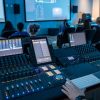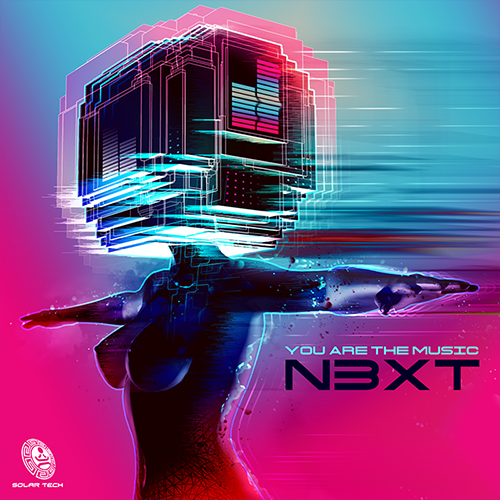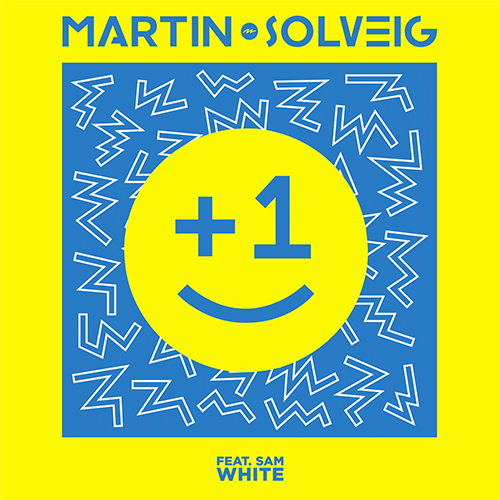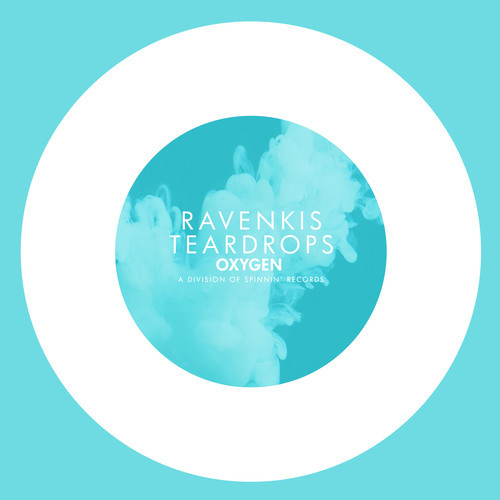-
 play_arrow
play_arrow
Clubalicious Clubalicious Radio
-
 play_arrow
play_arrow
London Calling Podcast Yana Bolder

I’ve written about morphic fields before. It’s a concept involving energy and information exchange on an atomic and cellular level. When applied to human behavior, it helps explain why we might hear about a particular, unusual topic three times in three days from three different people. Or why it might not merely be coincidence that we run into an old friend in a restaurant in New York who we haven’t seen in 20 years but were just thinking about the other day.
While preparing this issue and putting together the lineup for the upcoming Mix Sound for Film and Television event, I experienced two simultaneous morphic fields, and they each provided insight into how we view and relate to technology. The first involved the movie Twister; the second, artificial intelligence.
A couple of weeks ago, late on a Friday afternoon, I got a call from Doug Mountain, a longtime sound editor/mixer who has spent the last few years developing a technique for upmixing classic films to Dolby Atmos. He’s become something of a specialist and has done everything from North by Northwest to A Nightmare on Elm Street. Recently, he found a home at Warner Bros. with a nice mid-sized 7.1.4 room, and he called to tell me he had just spent a week with director Jan de Bont on the Atmos mix for Twister.
The next day was my daughter Jesse’s birthday. I called early evening to wish her well and found that they were in the middle of an extended heatwave in Edmonton, so she and John had decided to go to the movies and find some AC. “What did you see?” I asked. “We went to Twisters,” she replied. “It was good.” This is the daughter who, when growing up, would go with me to see Gladiator, The Lord of the Rings or the director’s cut of Blade Runner. Now I wanted to go see Twisters! And it was still showing in my local Dolby Cinema! Of course I went.
On the way home, I started thinking about how much had changed since 1996, when Twister came out. I still needed a closing panel for the September event at Sony. What about “From Twister to Twisters: A Generation of Sound Art and Technology”? On Monday, I called Doug, and he was in. I called Stephen Flick, the film’s supervising sound editor and now a professor of film sound at USC, and he signed on. Next, I called Chris Boyes, re-recording mixer on Twisters, and he was all for it, but that I absolutely had to include Al Nelson, the film’s supervising sound editor. So I called Al, and he said he’d love to do it. By Friday, I had my closing panel, and it’s going to be a good one.
Mix Blog: Fake Art. Real Money
Technology changes so rapidly that it’s easy to forget just how quick that really is. Often we employ markers, or touchstones, to remind us. Twister is one of my markers. In 1996, I spent three days in Hollywood doing a story on the film. It was a big deal. Jan de Bont’s previous film, Speed, had been a huge hit, with Flick winning his third Oscar for Sound Editing. The sound edit took place at his new facility, Creative Cafe; the mix was at Universal, with Greg Landakker, Steve Maslow and Kevin O’Connell at the Harrison console. Film dubbers still lined the machine room, now accompanied by the “new” Pro Tools DAWs.
It was still the early stages of hybrid digital-analog post-production. Dolby Digital 5.1 discrete surround was only five years old. The Neve Digital Film Console had just made its debut. Avid had not yet bought Digidesign. To put things in perspective, Twister became one of the first DVDs released by WB; Netflix, which would make a fortune by mailing those DVDs overnight, was still a year from launch.
Fast-forward to the summer of 2024, and post-production sound is a very different industry. Which brings me to artificial intelligence.
While talking with my 88-year-old mother the other day, out of the blue, she asked, “Did you read David Brooks’ column in The New York Times? It’s the best thing I’ve read on AI.” WTF? My mother was talking about artificial intelligence? Just a week earlier, I had edited a review that touted the product’s AI capabilities. The previous weekend, at a dinner with my godson, who had just graduated in astrophysics from Cornell, we talked about how AI is used in pattern recognition and large data sets. We talked about the differences between machine learning and true AI.
When we talk about how rapidly technology advances, we often lose the forest for the trees. AI is still in its very, very early stages. There’s a lot of hype, a dose of reality, and a promise of limitless possibilities. It’s what we used to call a “sea change,” like the appearance of digital technology, the birth of the internet or the rise of mobile. AI will play an enormous role in every aspect of our lives, but as of now, it still can’t write, film and post-produce a Twister.
Written by: Admin
Similar posts
Recent Comments
No comments to show.Featured post

Latest posts
Current show
Upcoming shows

Stereo Productions
Chus Ceballos
19:00 - 20:00
Hot House Hours
Dave Baker
20:00 - 21:00
Fresh Is Fresh
THIS WEEKS HOTTEST DANCE RELEASES FROM DEE JAY PROMOTIONS
21:00 - 00:00
On Air
Anna Tur
00:00 - 01:00
Femme House
Lp giobbi
01:00 - 02:00Chart
Powered by Dee jay promotions visit us












